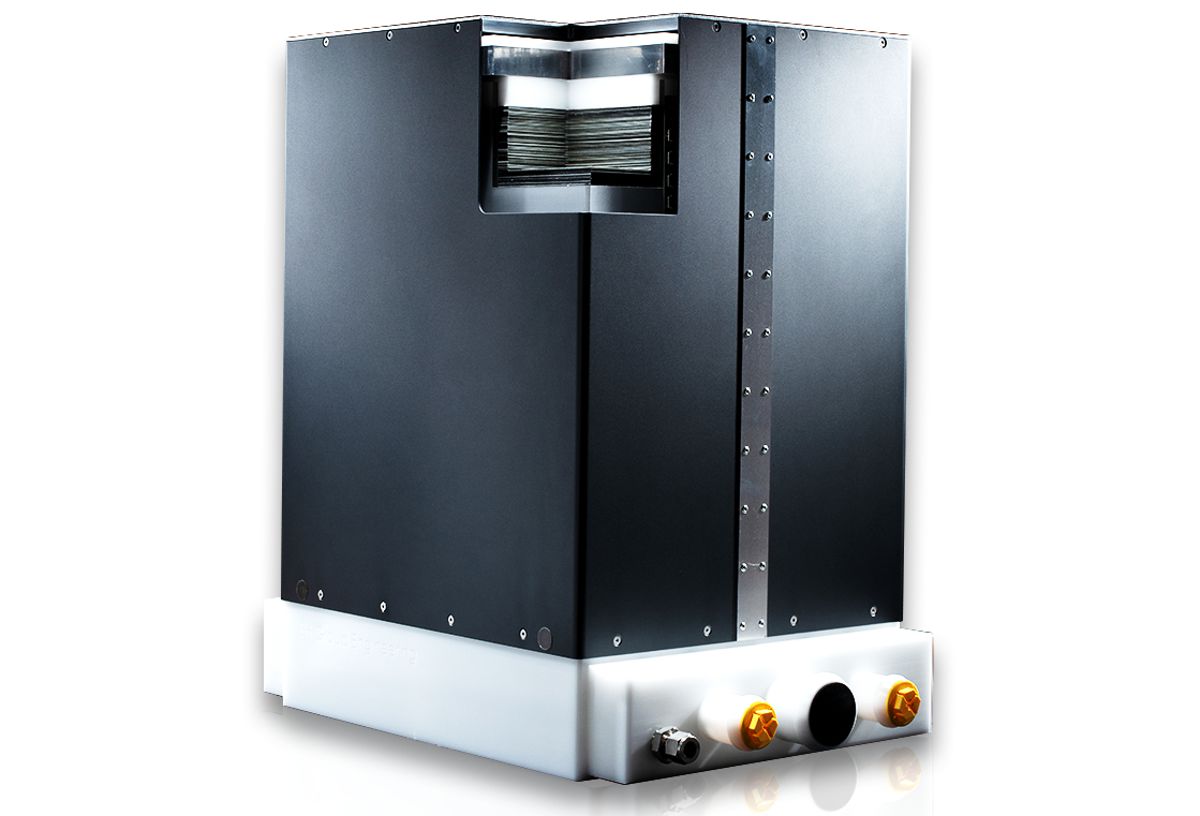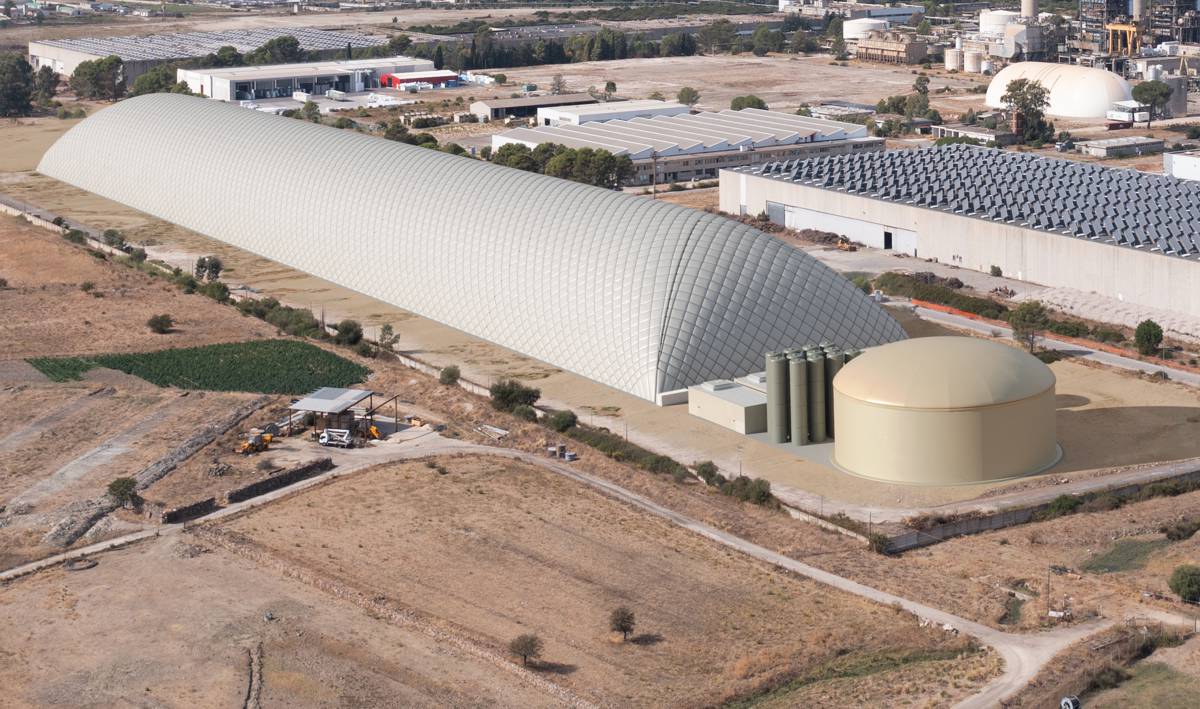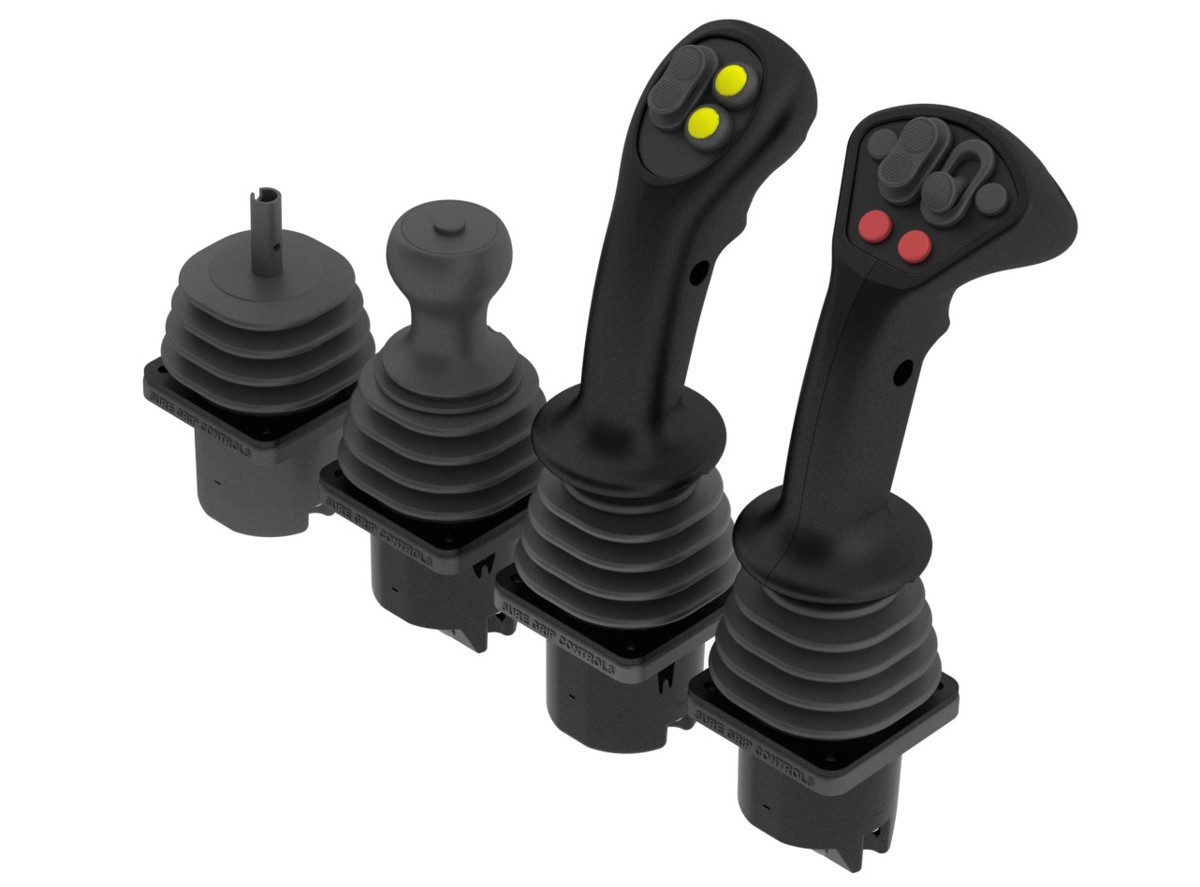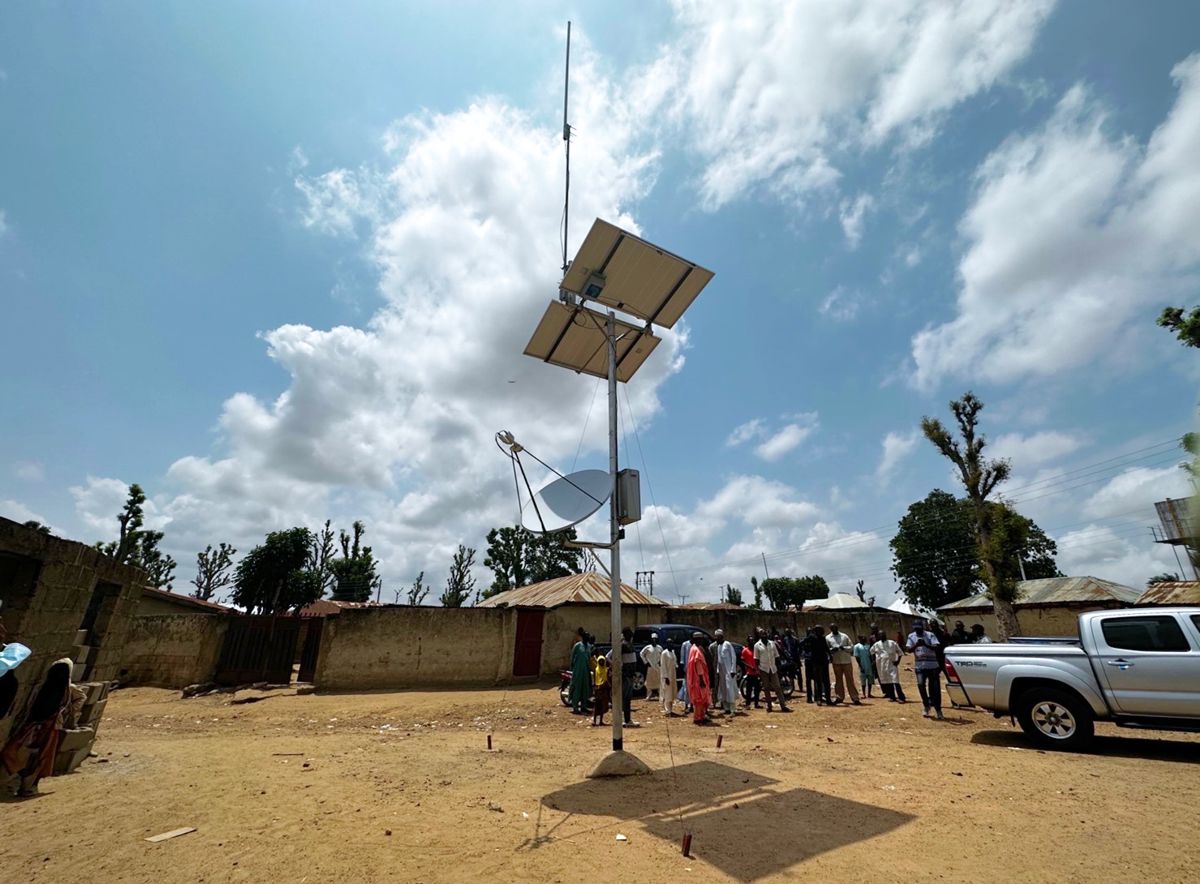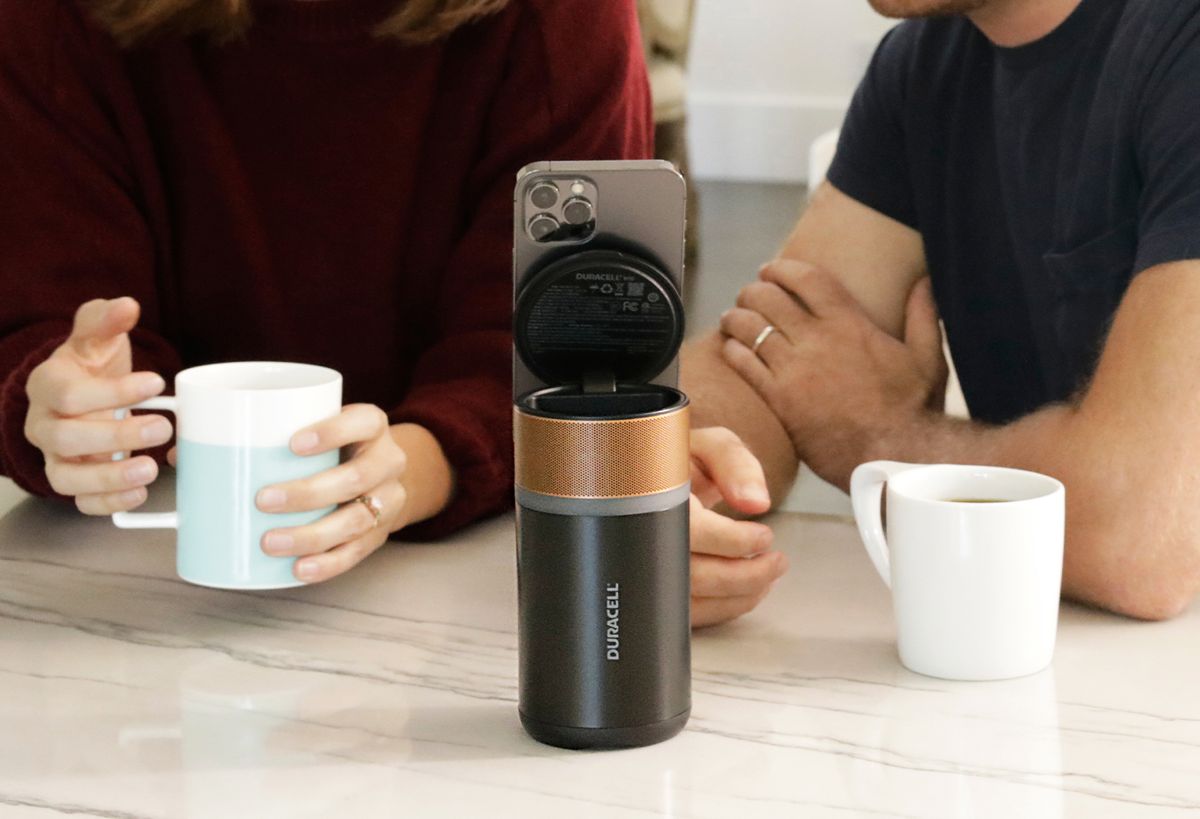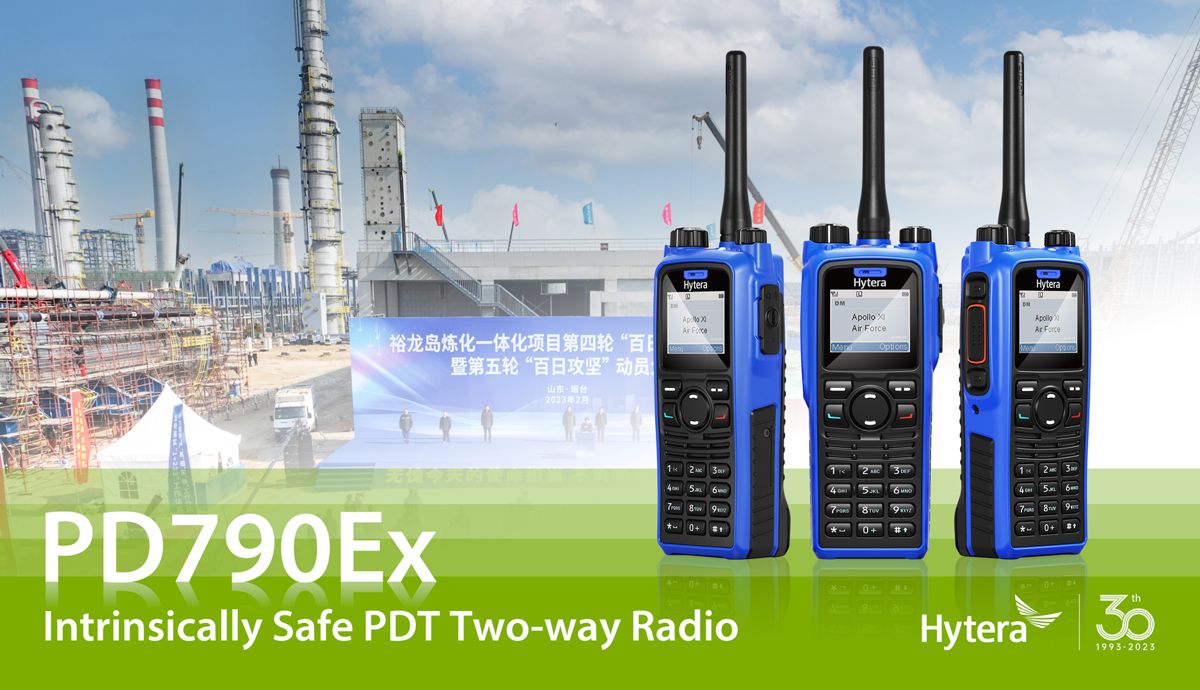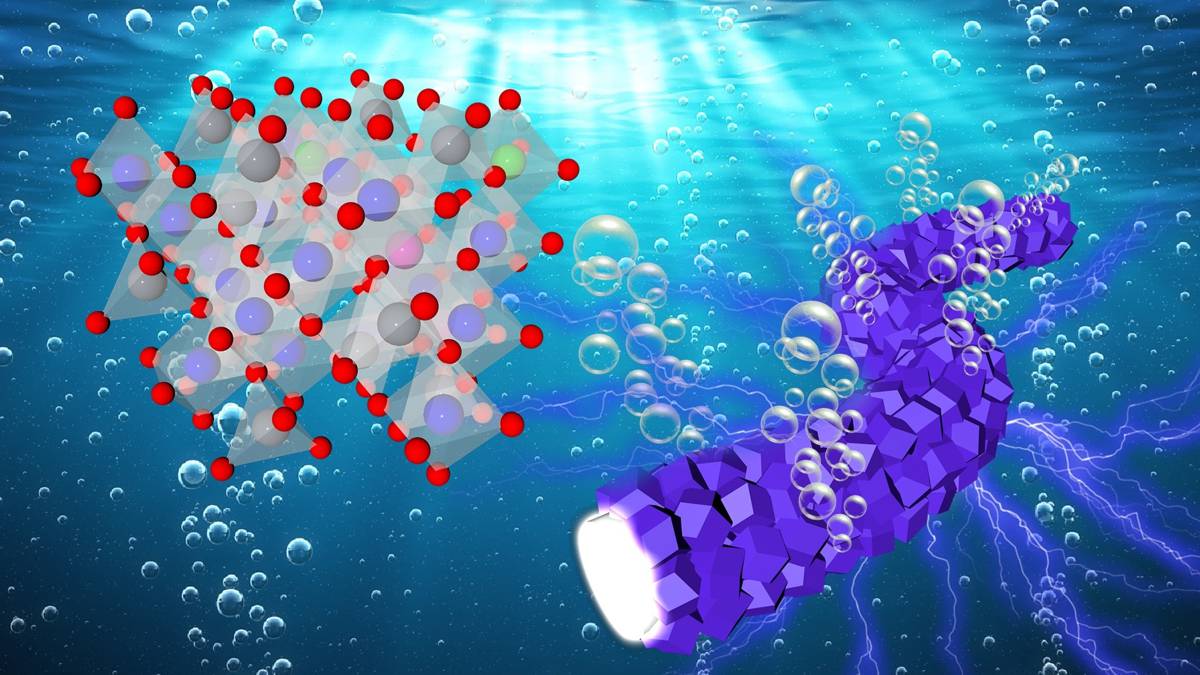VTT developing smart cities with LuxTurrim5G streetlight ecosystem
In smart cities of the future, smart light poles will replace ordinary light poles, laying the foundations for a fast and efficient 5G network. Smart light poles, equipped with sensors, cameras and displays, also help cities improve safety, air quality and effectivity of transportation. LuxTurrim5G project has been piloting smart light poles in Karaportti, Espoo, and the network is now being expanded to the rapidly growing Kera area.
The 5G technology significantly accelerates and enhances data transfer and opens up opportunities for digital services focusing on such issues as safety, energy efficiency, air quality, transportation and housing. At the same time, the number of mobile network users will multiply, which challenges the network capacity. The solution offered by the LuxTurrim5G project is an increasingly dense base station network, where 5G smart light poles function as both base stations and light poles, constituting the digital backbone of a smart city.
In addition to a 5G base station, a smart light pole can accommodate various kinds of sensors, cameras, displays and other devices. This way, smart light poles can collect up-to-date data on, for example, weather, air quality and traffic, and, using a joint service platform, share it to other applications, which improve the safety of city-dwellers, and enhance air quality and effectivity of transportation. At the same time, smart light poles provide a fast internet connection to the personal devices of city-dwellers as well as a charging post for electric cars and drones that monitor traffic.
VTT has been primarily involved in the development of 5G base stations, the service platform and the new service and business models. We have a long experience of high-frequency radio equipment and antenna solutions, and we were given a chance to put it to use when developing base stations in collaboration with Nokia, says Project manager Jussi Varis from VTT.
Higher frequencies than those used today significantly increase the speed of data transfer, but reduce the signal range, which requires a denser base station network than usual.
The LuxTurrim5G ecosystem has piloted 5G smart light poles at the Nokia campus in Karaportti, Espoo, and the pole network will be extended to the rapidly expanding Kera area. The pilot area has already been used for testing VTT’s automated car, and the intention is to use the new light poles in support of the self-driving bus, which is already running between Nokia campus and the Kera railway station. In terms of traffic, important development targets in the project included positioning solutions for cars and drones that VTT has been developing in collaboration with its partners.
VTT and its partners have also explored the transmission of signals through the walls and windows of buildings, which will become even more difficult with the 5G network. The studies have shown that the factors reducing penetration include window coatings and certain grades of concrete used in walls in particular, and even plastering and dampness, largely following fluctuations in air humidity.
The LuxTurrim5G project has been a very successful cooperation project. During the project, we have learned a lot about the digital city ecosystem that enables making urban operations more efficient and ensuring better and safer living conditions for the residents. We believe that, with this project, we have laid foundations for operations based on which all the partners involved will be able to develop their business in the global markets, says Juha Salmelin from Nokia, who has been leading the LuxTurrim5G ecosystem, in summary of the project.
The partners involved in the first phase of the LuxTurrim5G project, which was financed by Business Finland and various companies, included Nokia Bell Labs, Sitowise, Exel Composites, Premix, Lammin Windows and Doors, Vaisala, Teleste, Indagon, Ensto, Rumble Tools, VTT, University of Tampere, Aalto University, and Spinverse as project coordinator. The project ended in May 2019, but Business Finland has already granted extension funding for the next phase of the project, where the ecosystem will expand further and continue its development efforts, aiming at new concrete smart city solutions.
LuxTurrim5G is a Nokia Bell Labs driven ecosystem project developing and demonstrating a fast 5G network based on smart light poles with integrated antennas, base stations, sensors, screens and other devices. This joint project began in 2017 and opens new digital services and business opportunities for a real smart city.




